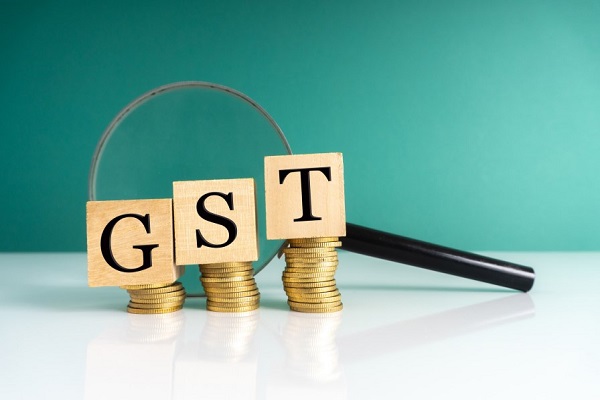ATO GST compliance focus areas

At a recent conference, the ATO outlined its key areas of focus for GST compliance. It was noted that while the GST system is in relatively good shape in Australia with a gap of 3.6%, which is much lower than many OECD countries (e.g. EU VAT gap was estimated to be 10.3% in 2022 with some other nations as high as 34%), the system needs to evolve to ensure it remains sustainable.
Duplicate the above container for more 2 column sections OR Duplicate the below container for 1 column text only sections. (DON’T FORGET TO DELETE THIS CONTAINER)
GST compliance activity
One of the ATO’s key focus areas in 2023-24 is to improve small business tax performance by digitising small business taxation and integrating the tax and super system into the operating environment of small businesses to reduce the instances of fraud. In conjunction with this, the ATO has designed new analytical data-driven risk models that utilise statistics and algorithms to look for patterns and relationships in data, as well as machine learning to monitor and combat the rapid evolution in GST fraud behaviours.
In addition to catching GST fraud by those already in the tax system, the ATO continues to work closely with the ABR as a preventative measure. Both agencies coordinate strategies to disrupt potential fraudulent registrations in the ABN system, particularly for phantom businesses. Going forward, the ATO will be taking a proactive approach to the registration of ABNs and will request businesses contact them to initiate a review where there is a question around the entitlement to an ABN.
For the 2023-24 year, the ATO will also implement a targeted industry strategy in relation to privately owned high wealth groups focusing on the retail, construction, and retirement village industries. Given that the retail and construction industries are the two most significant industries for GST activity and have arguably experienced the most disruption during the COVID-19 pandemic and its aftermath, this focus area should come as no surprise.
Retail sector
Specifically, for the retail sector, the ATO has concerns that some retailers’ controls and governance have not moved in line with changes to an online retailing model, variations in sales volume, product classifications and intragroup transactions.
The ATO will also continue to crack down on the use of illegal electronic sales suppression tools used to mask, understate, or delete transactions at the point of sale.
Retirement villages sector
In terms of the retirement village industry, the ATO acknowledges that the sector presents unique challenges to GST.
To facilitate compliance in this sector, the ATO is currently undertaking a broad review of the issues impacting the sector to develop a greater understanding of industry operating models. It is hoped this will identify opportunities to provide comprehensive guidance to the sector.
Targeted approach
The ATO hopes that this targeted approach will allow it to understand the distinctive issues facing each industry and pinpoint areas of risk.
This will enable tailored approaches to be developed to ensure entities within particular industries are paying the correct amount of GST.
This approach will also allow for the early detection of risky behaviour and the application of appropriate review and compliance strategies.
Businesses in all sectors should remit GST in a timely manner as the ATO has seen an increase in GST debt with businesses reporting but not remitting GST.
According to the latest data, collectable GST debt has more than doubled in the three years to $12.3 billion as at 30 June 2022.
Disclaimer: The information on this page is for general information purposes only and is not specific to any particular person or situation. There are many factors that may affect your particular circumstances. We advise that you contact Mathews Tax Lawyers before making any decisions.
